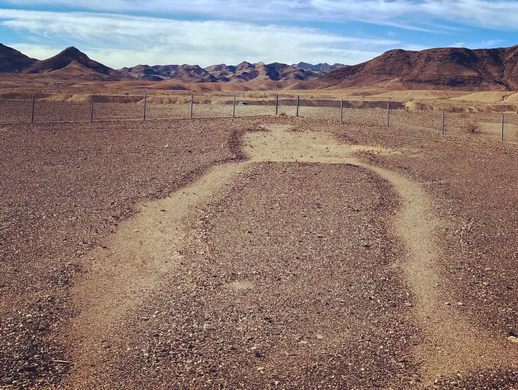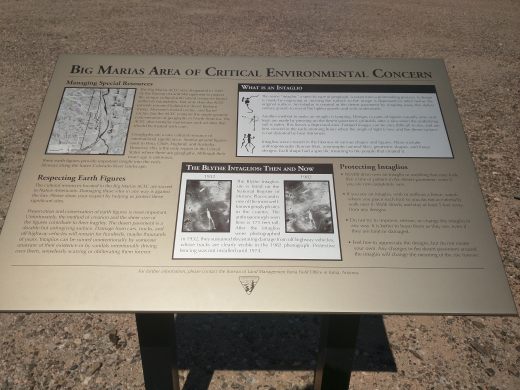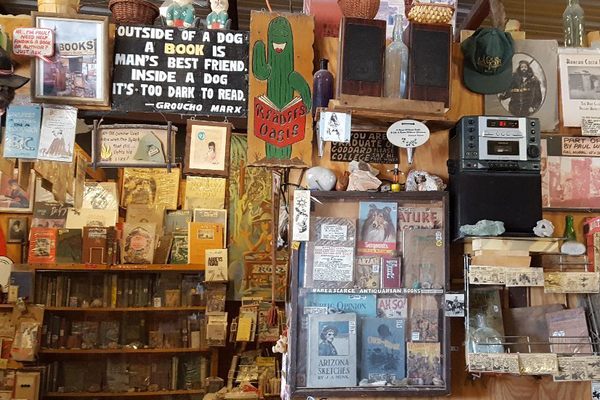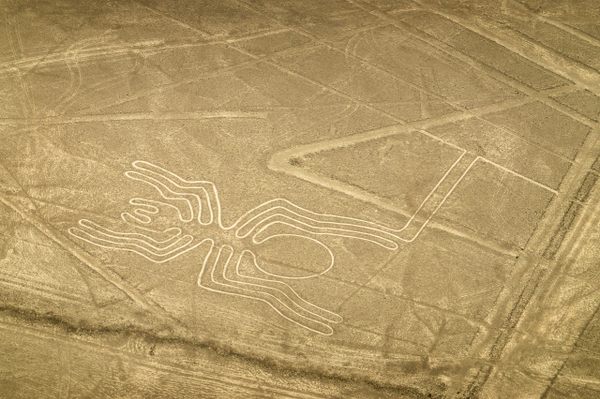Blythe Intaglios
Ancient human, animal, and geometric figures drawn in the earth.
Intaglios, also called anthropomorphic geoglyphs — gigantic human or animal figures drawn on the ground’s surface — are known throughout the American Southwest, South America, and New Caledonia.
While the most famous geoglyphs in the world are the Nazca Lines in Peru, there are over 300 intaglios in the American Southwest and adjacent regions of Mexico. The best known of the American geoglyphs are the Blythe Intaglios, located west of the Colorado River about 15 miles north of Blythe, California, and situated on two low mesas or terraces.
The figures are believed to have been made by the Mohave and Quechan Indians, are somewhere between 450 and 2,000 years old, and represent Mastamho, the creator of life. The palette of these “drawings” is the earth itself; the artists scraped the dark rock of the desert ground to expose the lighter soil underneath.
With the largest human figure coming in at 167 feet long, they are difficult to see from ground level and are best viewed from a helicopter. In fact, the figures are so difficult to see from the ground that it wasn’t until 1932, when a pilot happened to look down and notice them, that they were rediscovered by modern society. Which begs the question: If the figures can only be viewed from the air, how did the Mohave and Quechan Indians see them?
Know Before You Go
I-10 exit onto US 95/Intake Blvd just west of the California/Arizona state line. Drive north 15.5 miles. You'll see a small stone cairn on the right. On the left is a fenced dirt road that quickly leads to the Intaglios 1/4 mile west. This pin marks two figures. A third figure is due west 1700 feet, and two more about 2500 feet southwest.







































Follow us on Twitter to get the latest on the world's hidden wonders.
Like us on Facebook to get the latest on the world's hidden wonders.
Follow us on Twitter Like us on Facebook